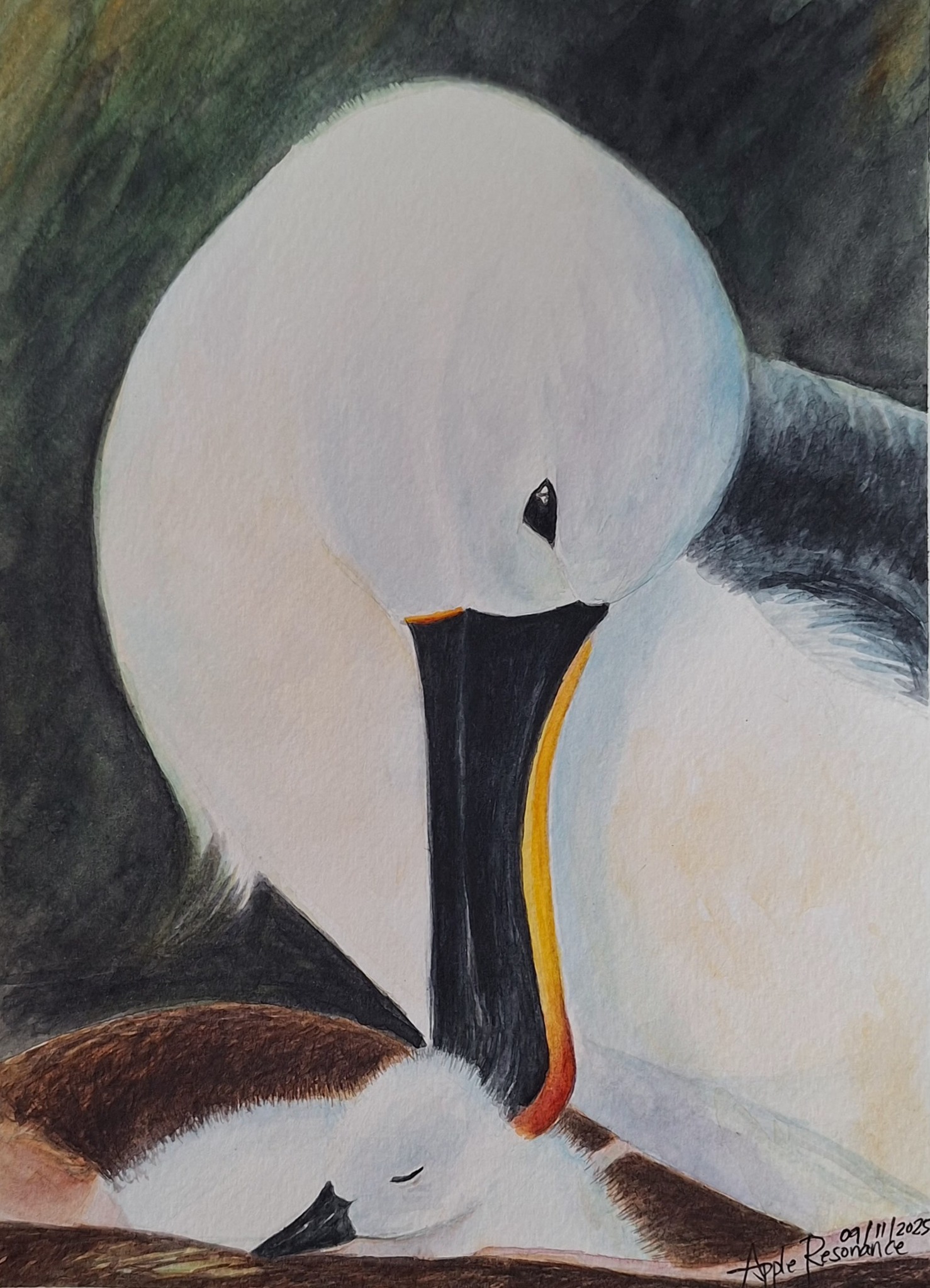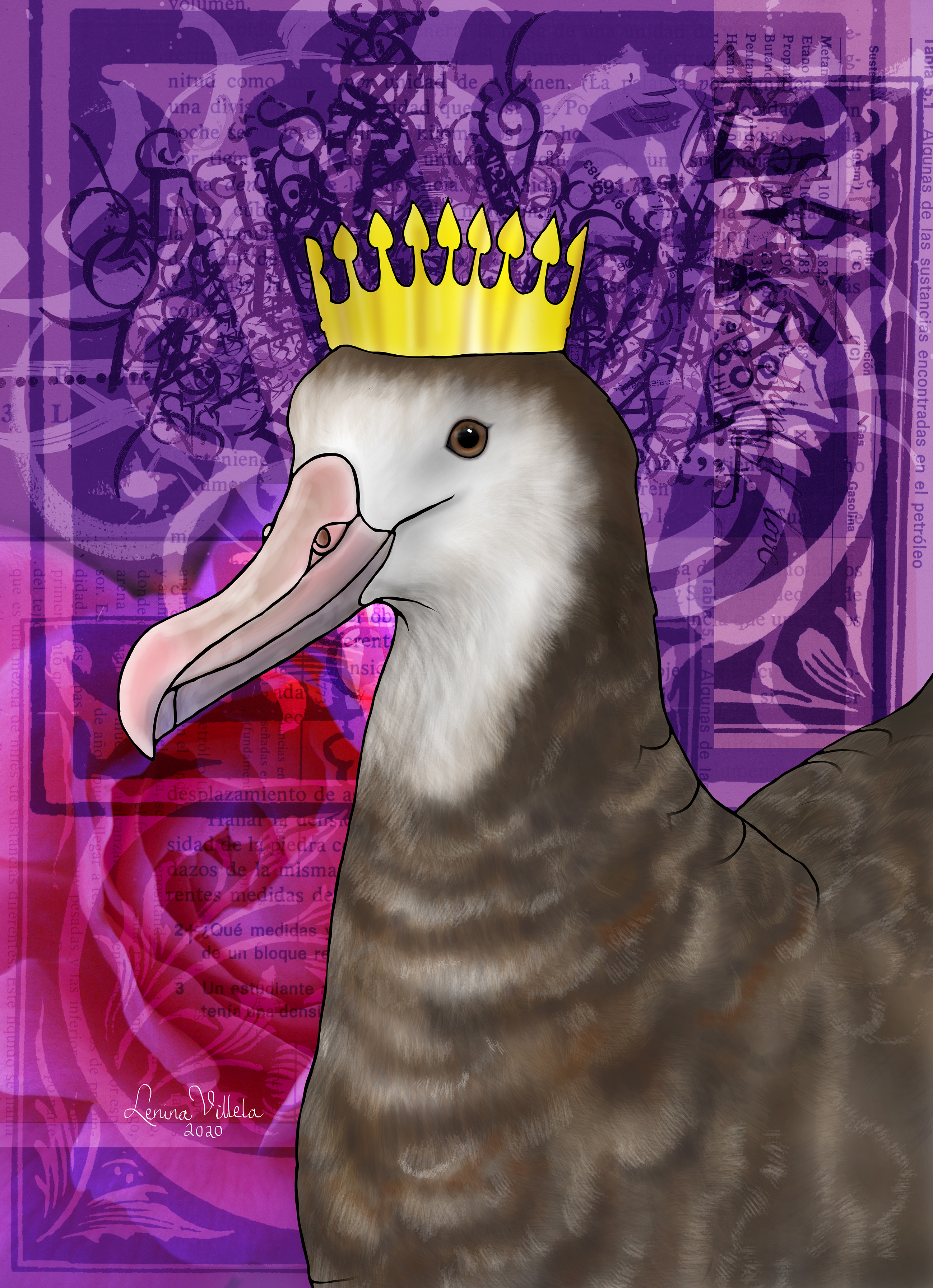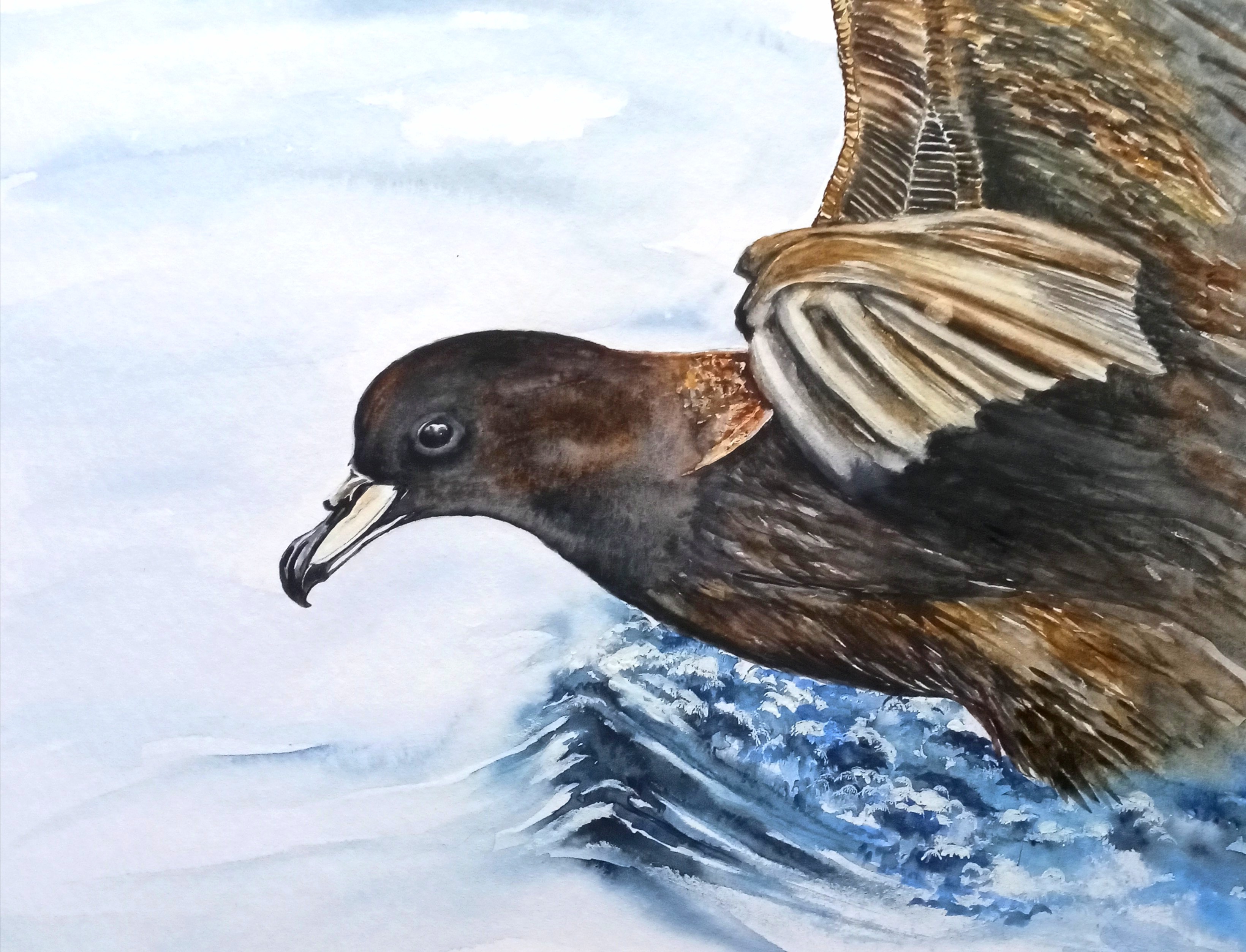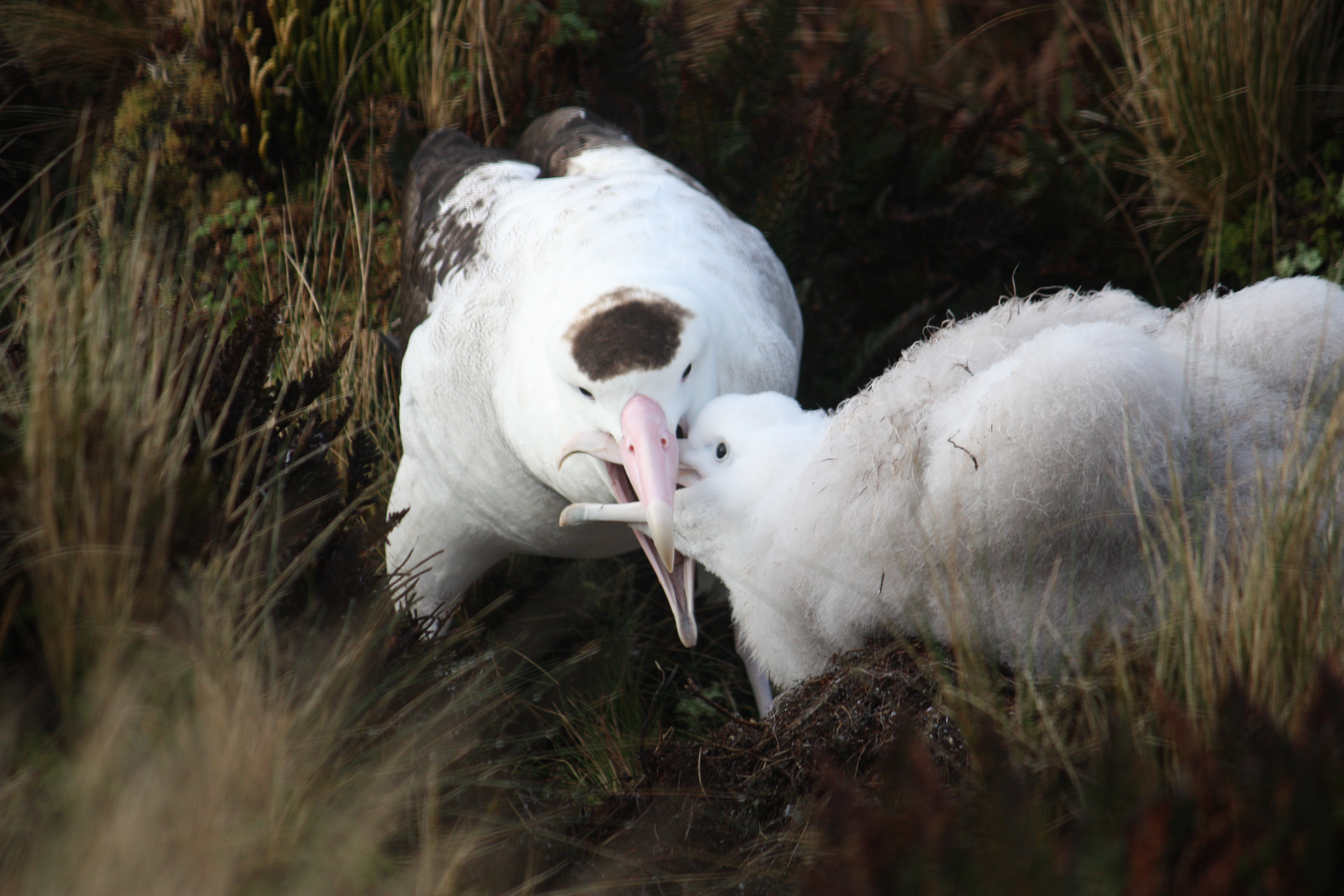
Balearic Shearwater front, Yelkouan Shearwater behind, photograph by Pep Arcos-SEO/BirdLife
George Sangster (Naturalis Biodiversity Center, Leiden, the Netherlands) and colleagues have published in the journal Molecular Phylogenetics and Evolution arguing that differences between the Critically Endangered Balearic Puffinus mauretanicus (ACAP listed) and the Vulnerable Yelkouan or Mediterranean P. yelkouan Shearwaters in genetics, colouration, morphometrics and vocalizations do not represent credible evidence that they are conspecific.
The paper’s abstract follows:
“Ferrer Obiol et al. (2023) applied double digest restriction-site associated sequencing (ddRAD-seq) data to delimit species in North Atlantic and Mediterranean Puffinus shearwaters. These authors concluded that the Balearic/Yelkouan shearwaters (P. mauretanicus/P. yelkouan) sister-species pair comprised a single species based on analyses of ddRAD-seq data and a very brief and deficient review of other evidence. While it is clear that reduced representation genomic data are often suitable for the discovery and documentation of species and their relationships, the issue of whether such data are sufficient to falsify hypotheses of species taxa has received only limited attention so far. Here, we note that detection of species in phylogenomic analyses based on reduced representation sequencing methods will be problematic if species differences are only found in a small portion of the genome (so-called ‘genomic islands of differentiation’), as has been documented in multiple case studies. This means that genomic differences between some species may only be detected if (i) entire genomes are sequenced, and (ii) a formal search for islands of differentiation is conducted. Valid species may be overlooked in reduced representation approaches, such as ddRAD sequencing. Consequently, an apparent lack of overall phylogenomic divergence (e.g. lack of reciprocal monophyly, low genome-wide FST) should not be used by taxonomists as evidence that such taxa are not valid species. We conclude that the apparent lack of divergence in the ddRAD-seq data of Ferrer Obiol et al. (2023) does not represent credible evidence that P. mauretanicus and P. yelkouan are conspecific. In addition, we s.how that the authors misrepresented other available taxonomic data, failing to properly follow an integrative approach.”
Read a popular account of the publication in Spanish and read ACAP Latest News on the Ferrer Obiol et al. (2023) publication
With thanks to Pep Arcos.
Reference:
Sangster, G., Genovart, M., Guilford, T., Oro, D., Louzao, M., Brooke, M.deL., Arcos, J.M. 2025. Phylogenomics and the falsification of shearwater species (Puffinus mauretanicus, P. yelkouan) hypotheses: a comment on Ferrer Obiol et al. (2023). Molecular Phylogenetics and Evolution 214, 108470.
John Cooper, Emeritus Information Officer, Agreement on the Conservation of Albatrosses and Petrels, 22 September 2025

 English
English  Français
Français  Español
Español 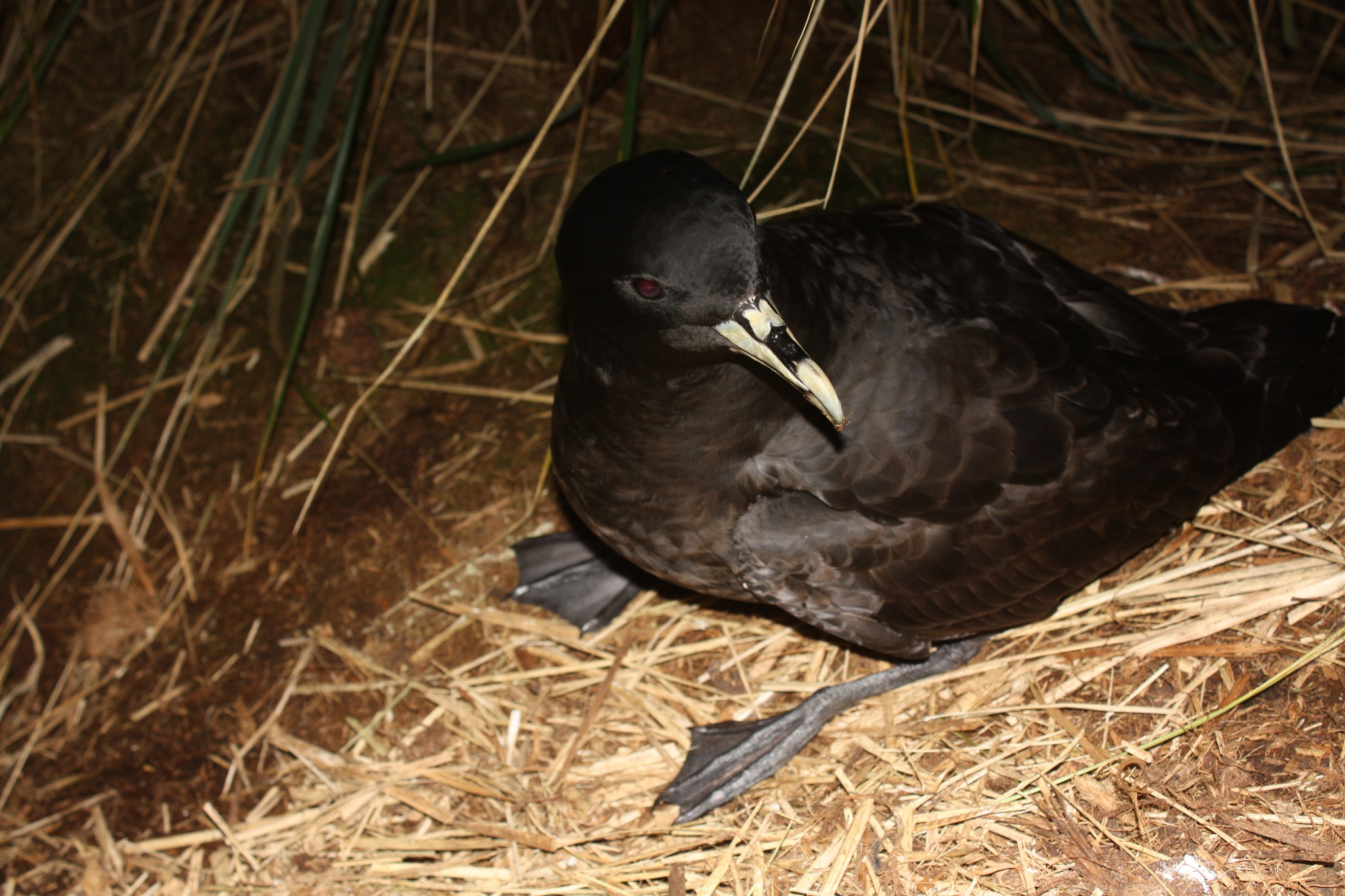
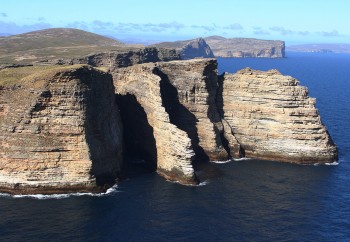
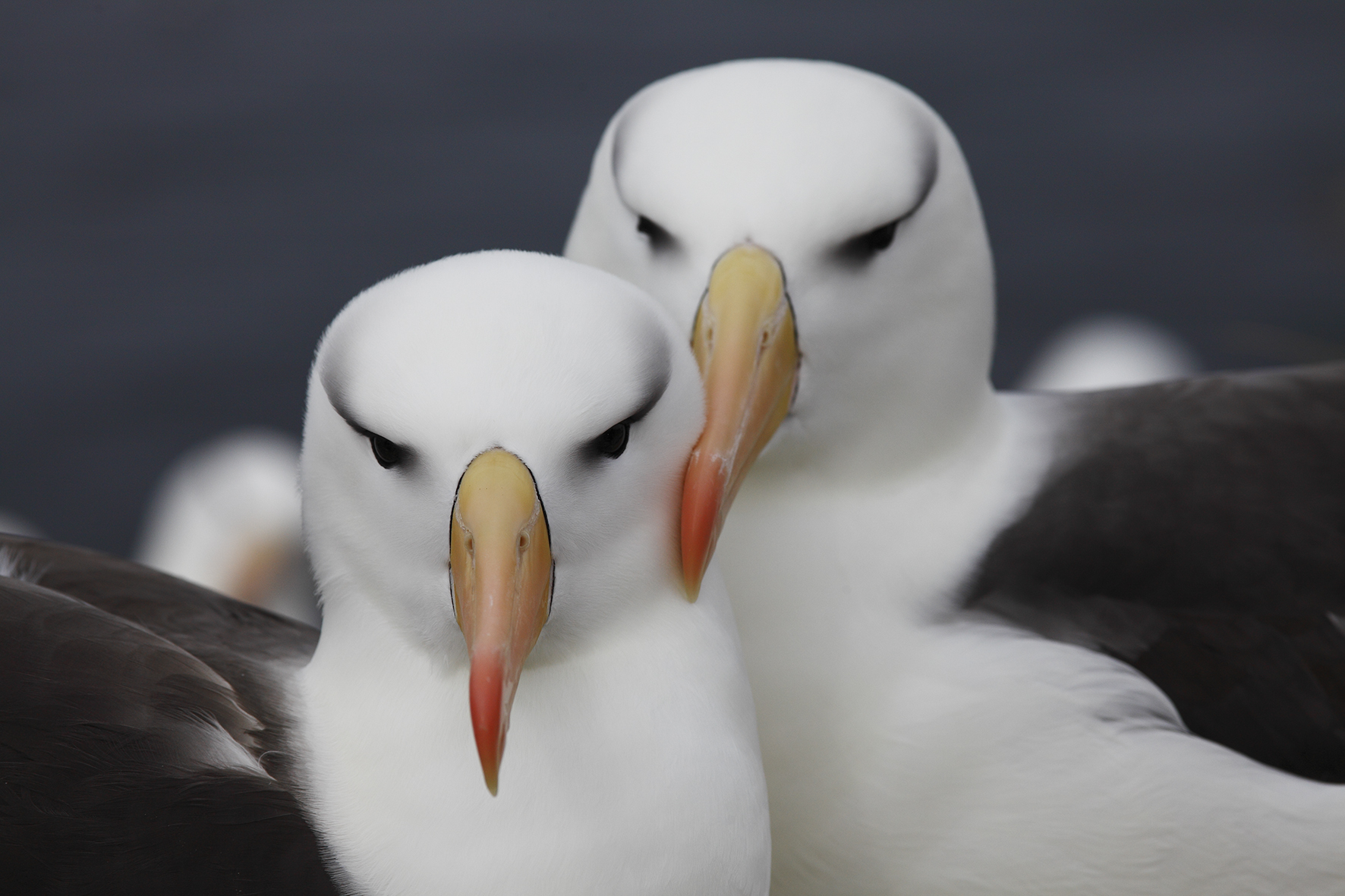
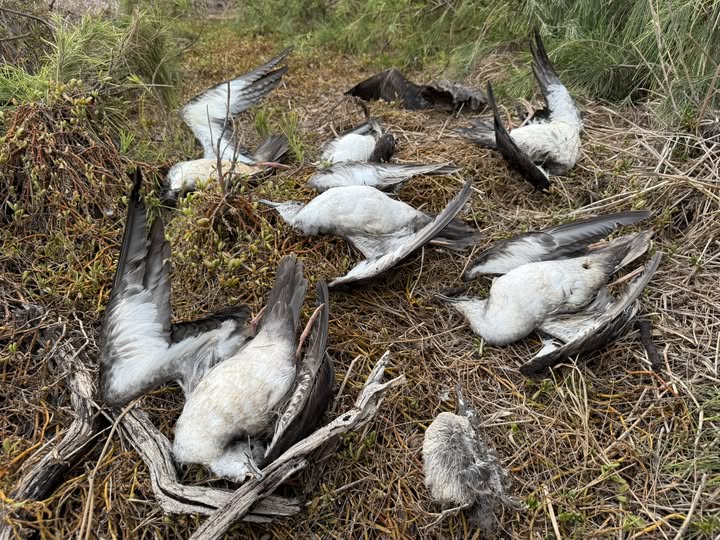 Wedge-tailed Shearwater corpses after the dog attack, photograph from Archipelago Research and Conservation
Wedge-tailed Shearwater corpses after the dog attack, photograph from Archipelago Research and Conservation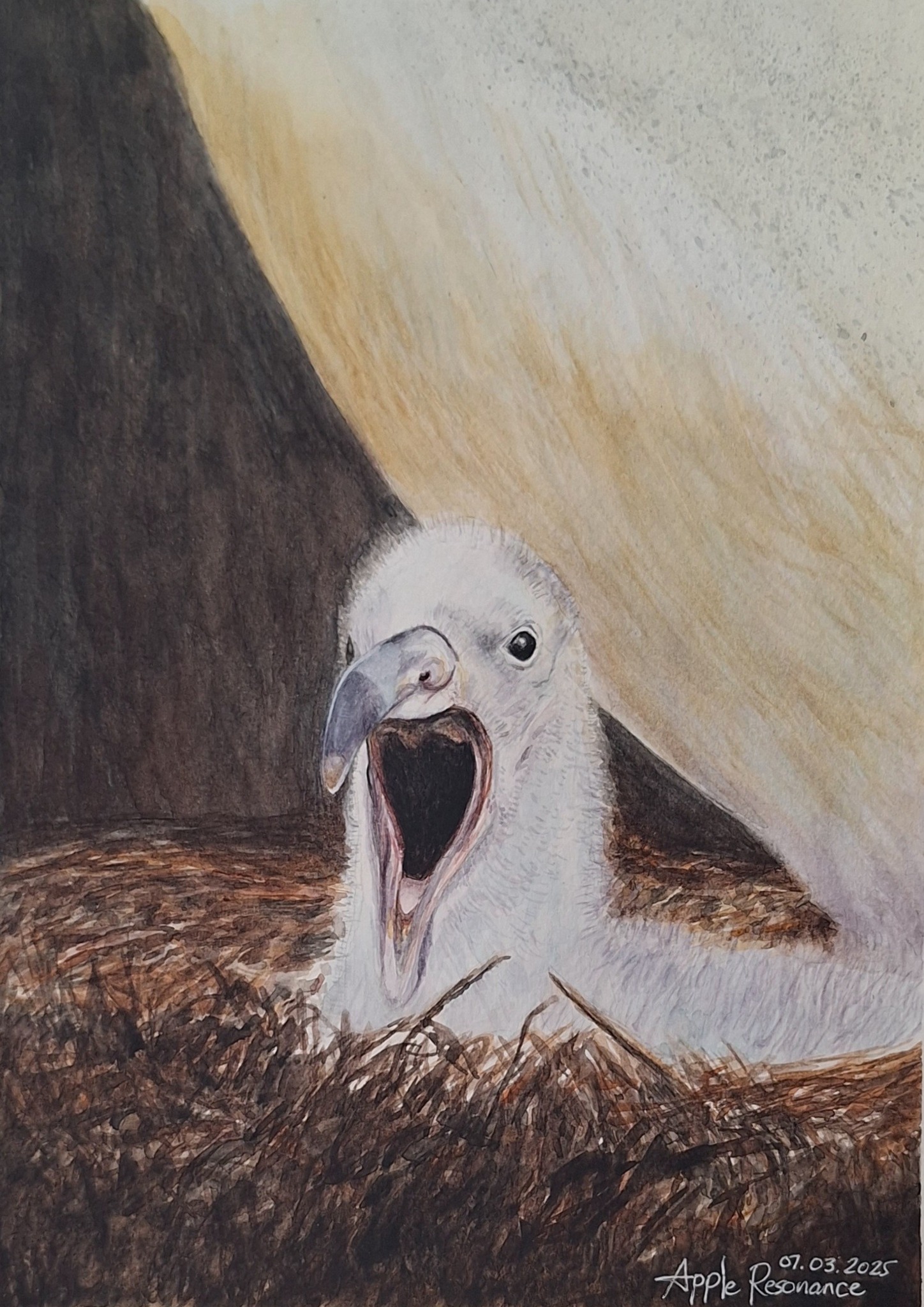 “Stunned”. An Amsterdam Albatross chick yawns, after a photograph by Dominique Filippi
“Stunned”. An Amsterdam Albatross chick yawns, after a photograph by Dominique Filippi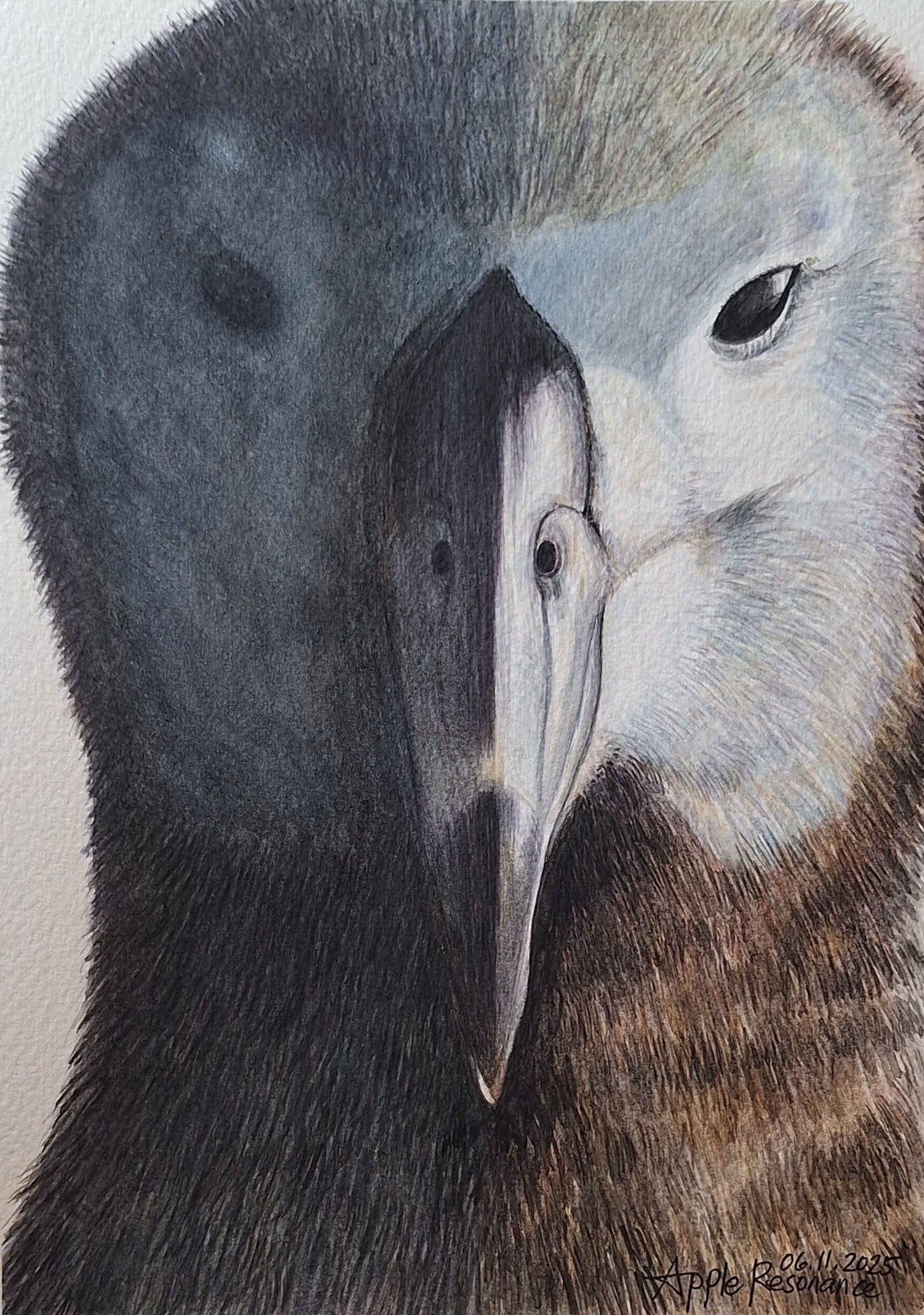 “Shadowed” an Amsterdam Albatross head on, after a photograph by Anthony Buttet
“Shadowed” an Amsterdam Albatross head on, after a photograph by Anthony Buttet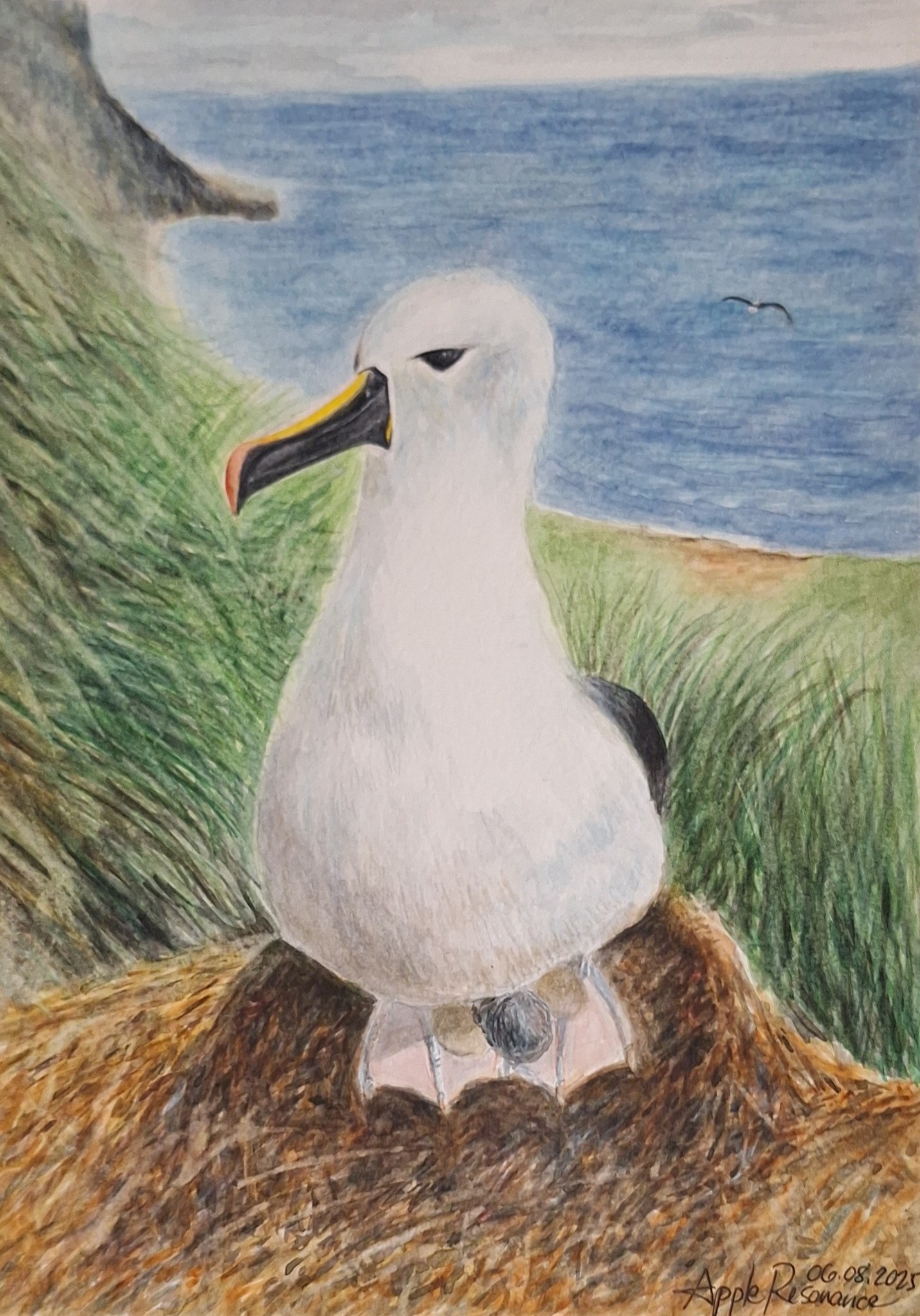 “Hatched”. An Indian Yellow-nosed Albatross with its chick on its webbed feet, after a photograph by Karine Delord
“Hatched”. An Indian Yellow-nosed Albatross with its chick on its webbed feet, after a photograph by Karine Delord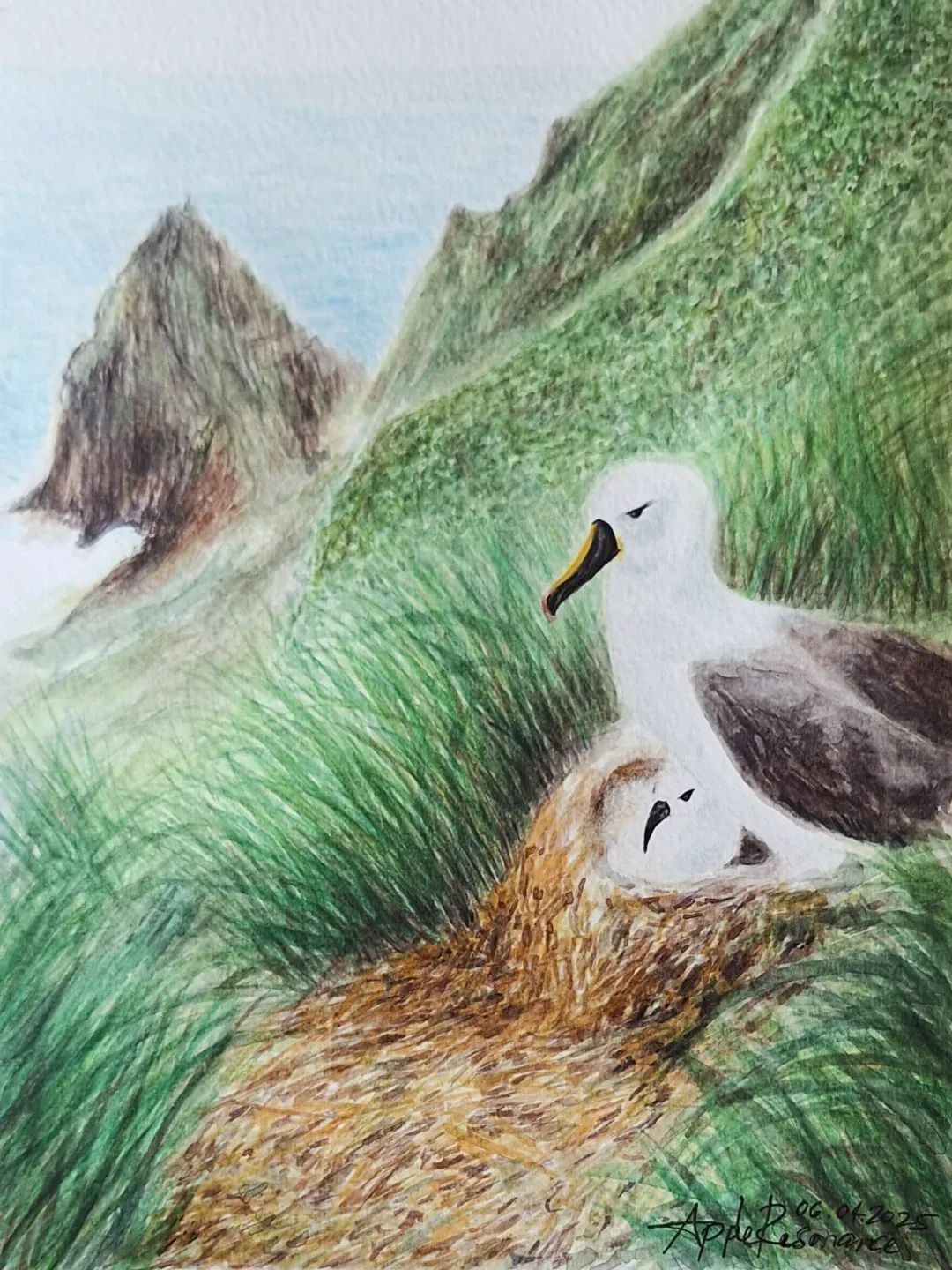 “Nestled”. An Indian Yellow-nosed Albatross broods its chick on Amsterdam Island, after a photograph by Karine Delord
“Nestled”. An Indian Yellow-nosed Albatross broods its chick on Amsterdam Island, after a photograph by Karine Delord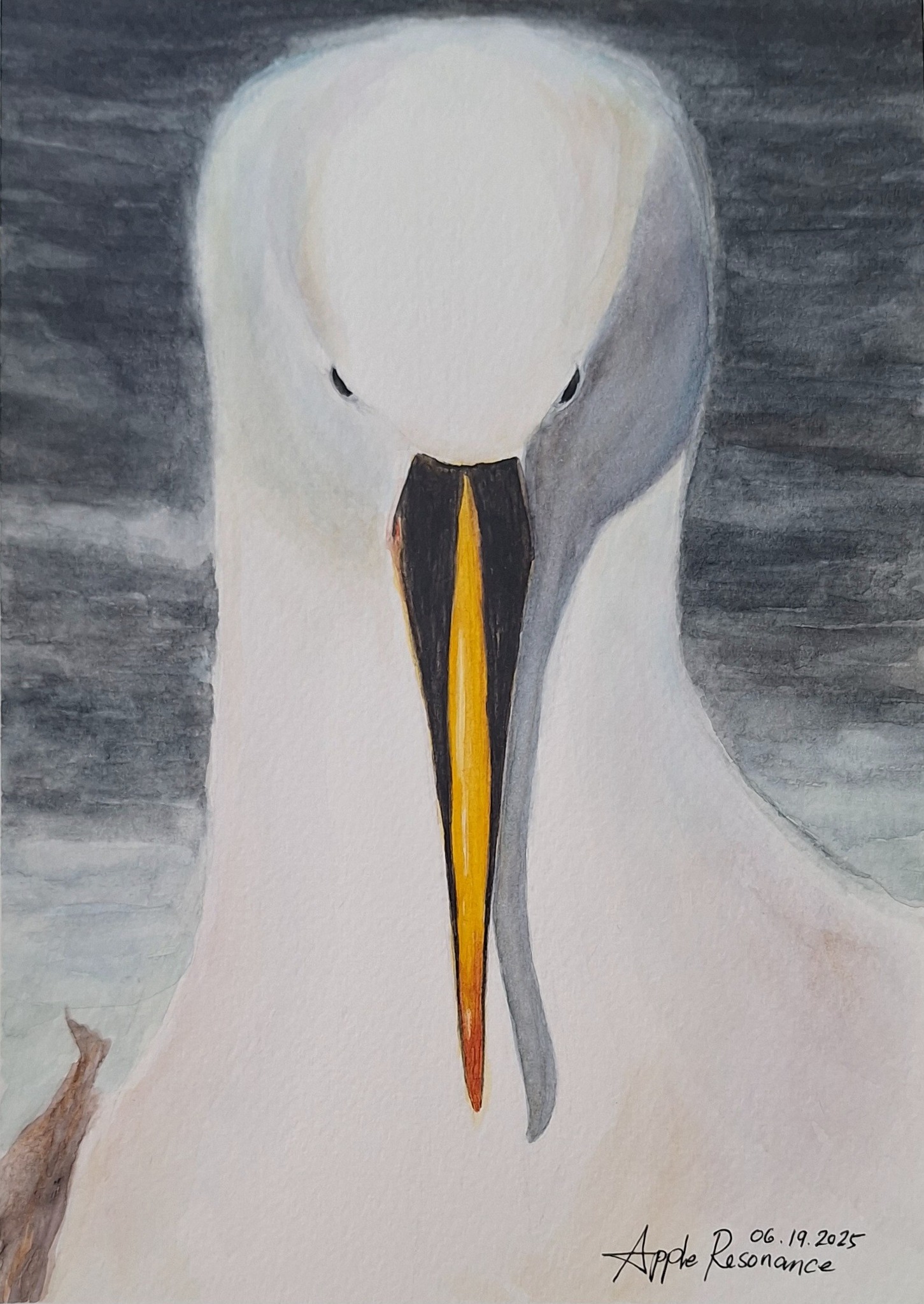 "Riddled”. An Indian Yellow-nosed Albatross, after a photograph by Eleanor Weideman
"Riddled”. An Indian Yellow-nosed Albatross, after a photograph by Eleanor Weideman